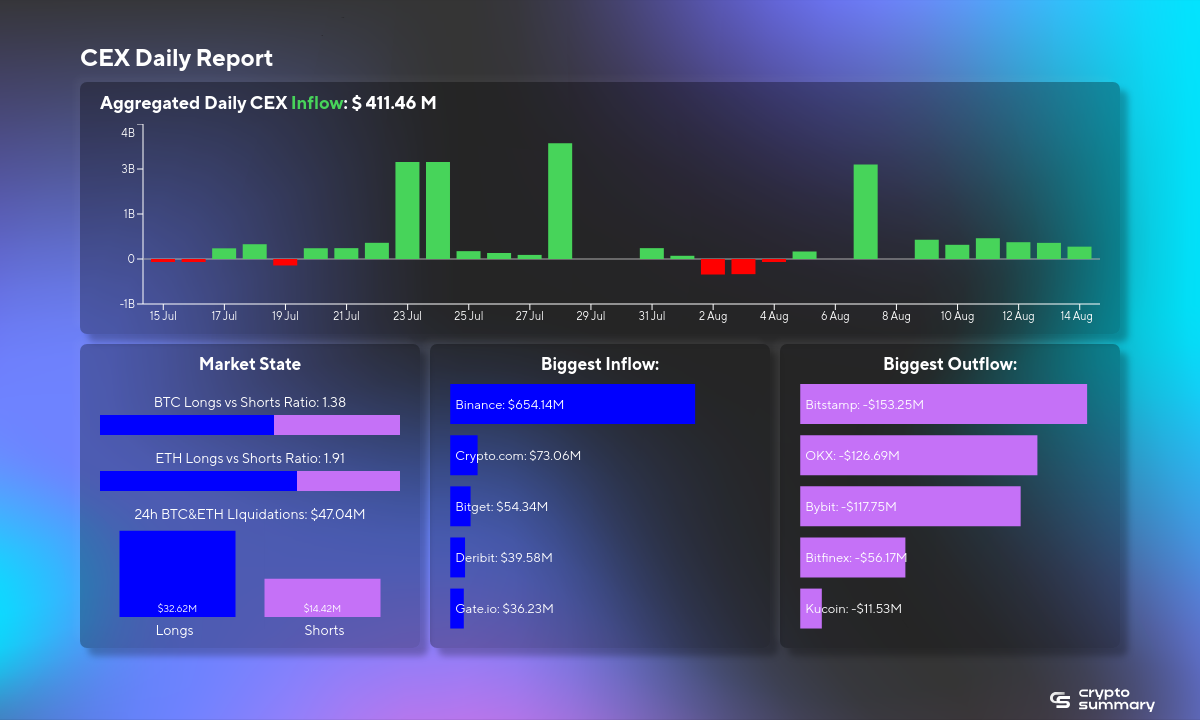Mastercard and MetaMask Launch Debit Card to Spend Self-Custodied Tokens, Focus on Stablecoins and Bank Deposits

Mastercard is diving headfirst into the world of blockchain. Recently, they launched a new debit card in partnership with MetaMask. This card lets users spend their self-custodied tokens anywhere Mastercard is accepted, which is pretty much everywhere.
Raj Dhamodharan, Mastercard's head of crypto and blockchain, shared, “We’re opening up this crypto purchase power to our 100 million-plus acceptance locations. If consumers want to buy into it, we want to enable that—in a safe way.”
For safety reasons, the MetaMask Card has some limitations. It doesn’t work with most cryptocurrencies. So, you can’t buy a plane ticket with Pepecoin or grab a sandwich with SHIB. Instead, it only supports major stablecoins like USDT and USDC, along with wrapped Ethereum.
As traditional finance and blockchain technology merge, stablecoins have gained popularity. These are cryptocurrencies pegged to fiat currencies held in reserve. They serve as a reliable link between off-chain and on-chain worlds. However, Mastercard believes that while traditional finance is ready to move on-chain, stablecoins shouldn’t lead the charge. Dhamodharan pointed out, “We can't just say that everything needs to be converted into prepaid stablecoins before it can power commerce. That seems like a big hurdle that the industry is setting itself up for.”
Dhamodharan and his team are working on an alternative to stablecoins. They want to keep payment services like Mastercard and traditional banks at the center of the digital economy, rather than allowing companies like Circle and Tether to take the lead. A key part of this strategy is tapping into bank deposits. These already exist on digital ledgers, just not in on-chain systems. Dhamodharan estimates that there are about $15 trillion in digital bank deposits in the U.S. alone.
Last summer, Mastercard announced the Multi-Token Network (MTN). This program allows bank deposits to exist symbolically on-chain, facilitating commerce without requiring banks like Bank of America to integrate Ethereum into their systems. In May, they piloted a program to tokenize carbon credits in Hong Kong.
Dhamodharan stated, “I don't expect your bank deposits and mine to become public chain assets. But they need to be allowed to be used for purchasing assets that may be on a public chain.” Mastercard believes that real-world assets, like real estate and commodities, will go digital and live on-chain in the future. This shift could unlock trillions of dollars in value for digital economies, as long as people and institutions can easily access the funds they need in this new financial landscape.
Crypto companies have been ahead of the game, working on on-chain systems to handle the expected surge in commerce. However, Mastercard thinks that many users might prefer to avoid dealing with new currencies and extra intermediaries, even if they eventually buy homes through smart contracts. Dhamodharan emphasized the importance of traditional banking, saying, “It drives our economies today. And there’s a current regulatory framework that drives that—one we've already come to depend on.” He added, “It just doesn't get the benefit of the tech at the moment, which we think we can solve.”
